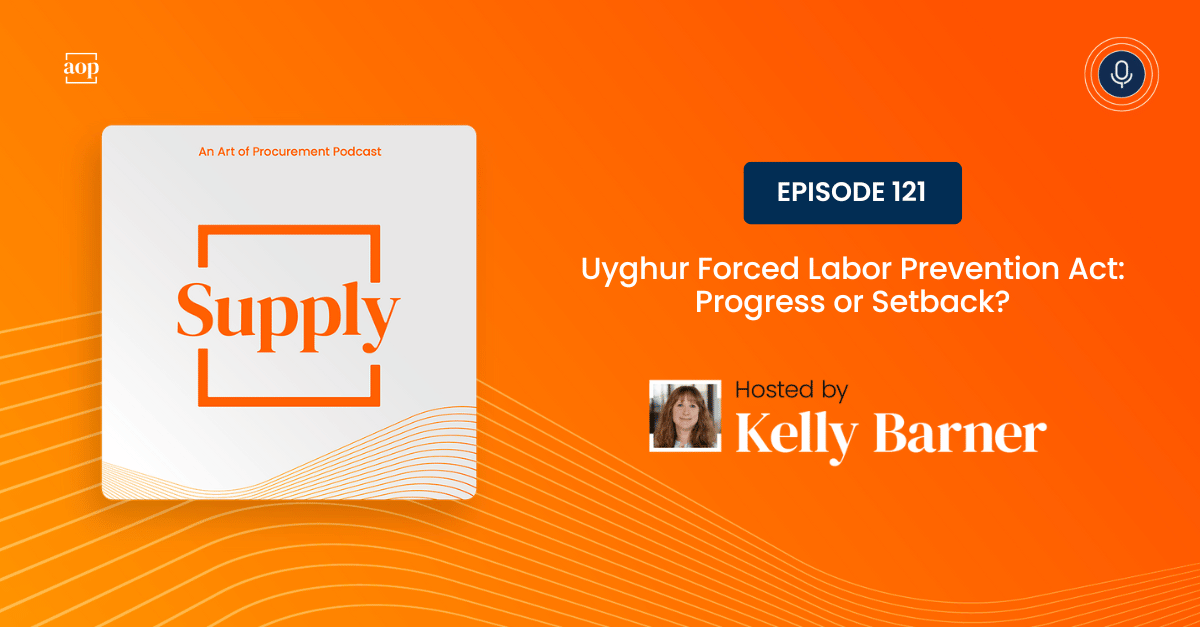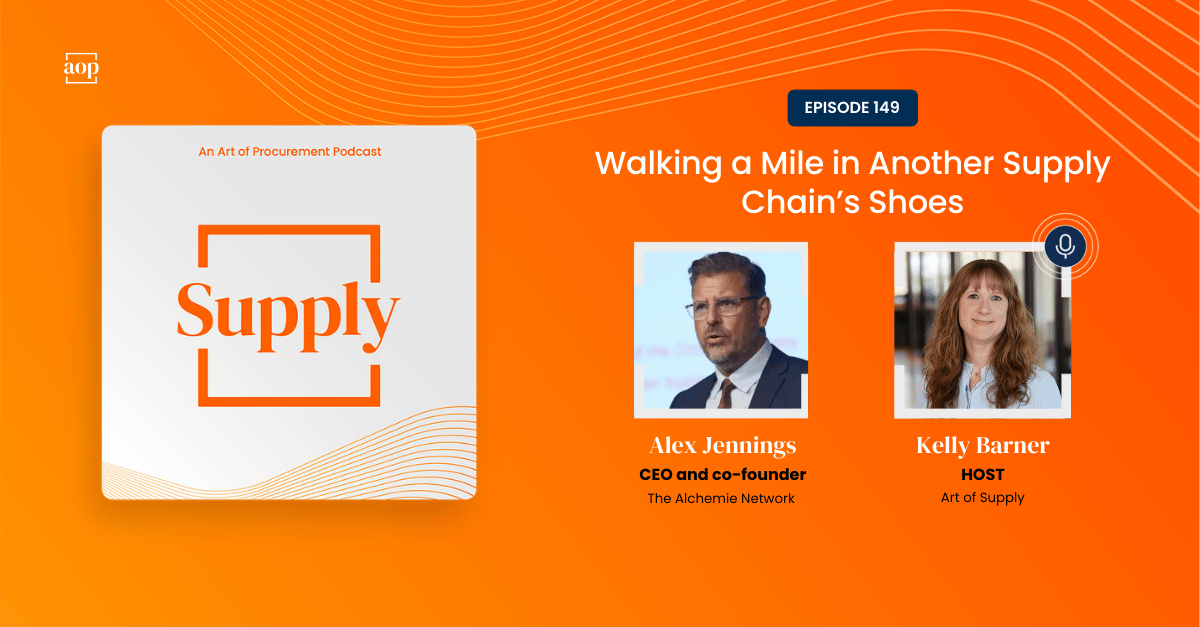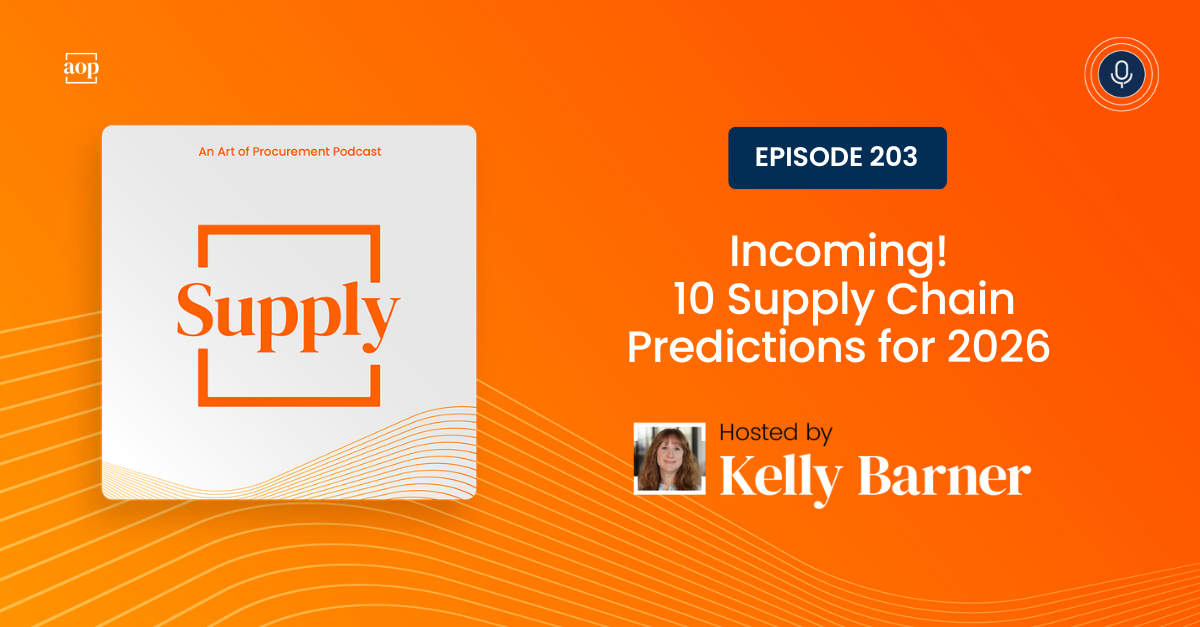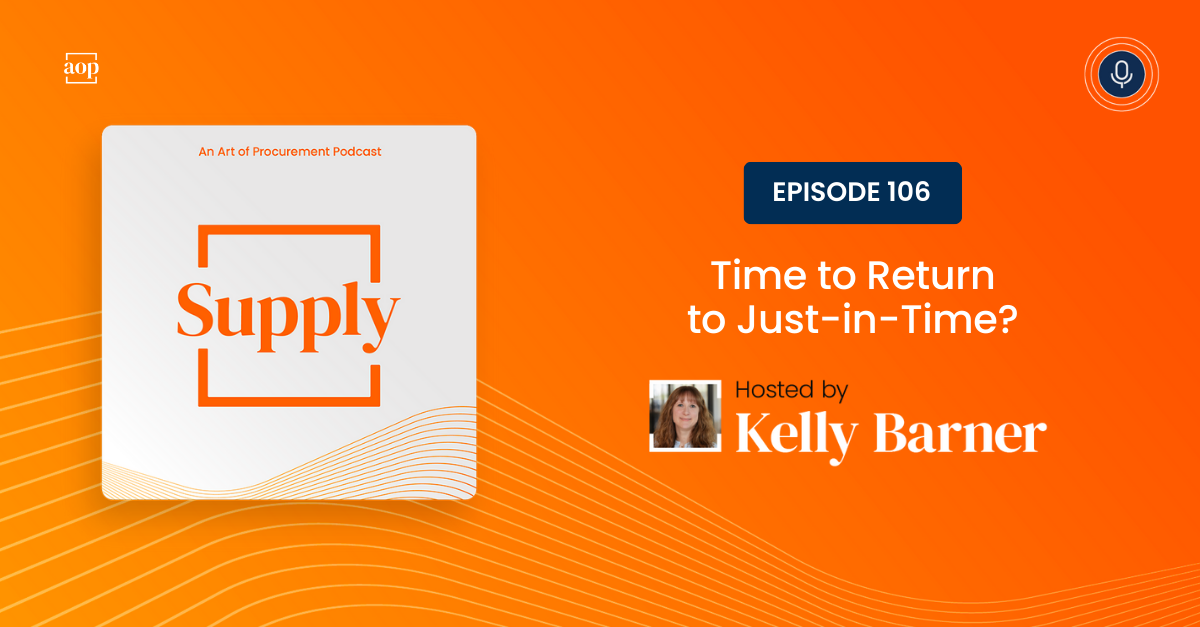
The Uyghur Forced Labor Prevention Act, or UFLPA, was passed to protect an ethnically Turkish, predominantly Muslim minority living in the Xinjiang autonomous region of China.
By the letter of the federal law, which took effect in June of 2022, there are two things that violate the UFLPA. One is importing a product where the labor or raw materials are associated with Xinjiang, and the other is to source from a company included on the federal government’s official entity list.
The law is clear and well-intentioned. But reports that suggest the law is not having the desired effect are starting to pile up. In fact, in some ways it may be making the problem worse.
Feeling the UFLPA’s Sting
According to Human Rights Watch, in the two years since the law took effect, automotive manufacturers have struggled to comply, as have solar panel companies and anyone sourcing mass quantities of tomatoes. 9 percent of global aluminum comes from Xinjiang, as does 20 percent of the global supply of cotton. Both of those materials have created challenges as well.
The companies on the UFLPA entities list include manufacturers of linens and textiles, semiconductors and IT products, hair products, and logistics providers. According to Bloomberg Law, the UFLPA entity list is “relatively static.” It also does not resolve the problem of transshipment, where a product is moved through an intermediary to conceal its origins.
There are very few loopholes in the law, which requires a ‘whitelist’ approach to keeping forced labor out of the supply chain. There is no ‘de minimis’ provision, which means that any amount of product, material, or processing associated with Xinjiang or the companies on the federal entities list still violates the law. It doesn’t even matter if there is a shortage of a product or material in the U.S., such as we have seen with solar panels.
Too Much of a Good Thing?
It is abundantly clear how to comply with the law – and that is a good thing. I genuinely believe companies want to comply.
The downside of this clarity is that it makes the law very easy to work around. To thwart the law, reports are that China is moving large numbers of Uyghur community members out of Xinjiang as part of their labor transfer program.
Because enforcement of the UFLPA is tied to one geographical region and one official entity list, moving the Uyghurs out of Xinjiang effectively spoils the plan.
Ironically, this Uyghur labor transfer program isn’t a secret – and it isn’t illegal in China.
Starting in the early 2000’s, a program called “Xinjiang aid” started transferring Uyghur labor out of the region. That was almost 25 years ago. Between 2014 and 2019, over 10 percent of the Uyghur population was transferred out of Xinjiang, and sent to other areas to work.
According to the Jamestown Foundation, China’s poverty alleviation through labor transfer program is a bit of an arm twist packaged as a social aid program.
The government seizes individual property rights and then “liberates” workers to live and work elsewhere. In 2023, the scale of the Pairing Assistance program, which facilitates cross-provincial labor transfers, had a goal of increasing transfers to other regions in China by 38 percent.
If these reports are true, China is systematically emptying Xinjiang.
What Can We Do?
Companies, consumers, and the federal government all want to avoid having forced labor in our supply chains, but there is no silver bullet. Any meaningful solution is going to require us to not only go back to the drawing board, but also to think more expansively about how we tackle the problem.
In the meantime, companies need to assume they have forced labor in their supply chains – especially when products like cotton and seafood are included. Will the audit and regulatory agencies be forgiving? I certainly wouldn’t want to be the first company or supply chain team to find out.
And while we come up with a better plan, hundreds of thousands of people find themselves in truly horrible situations – in our supply chains.




